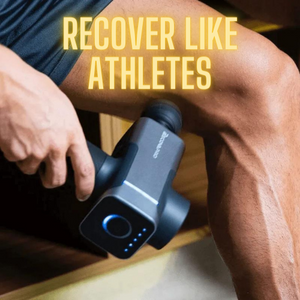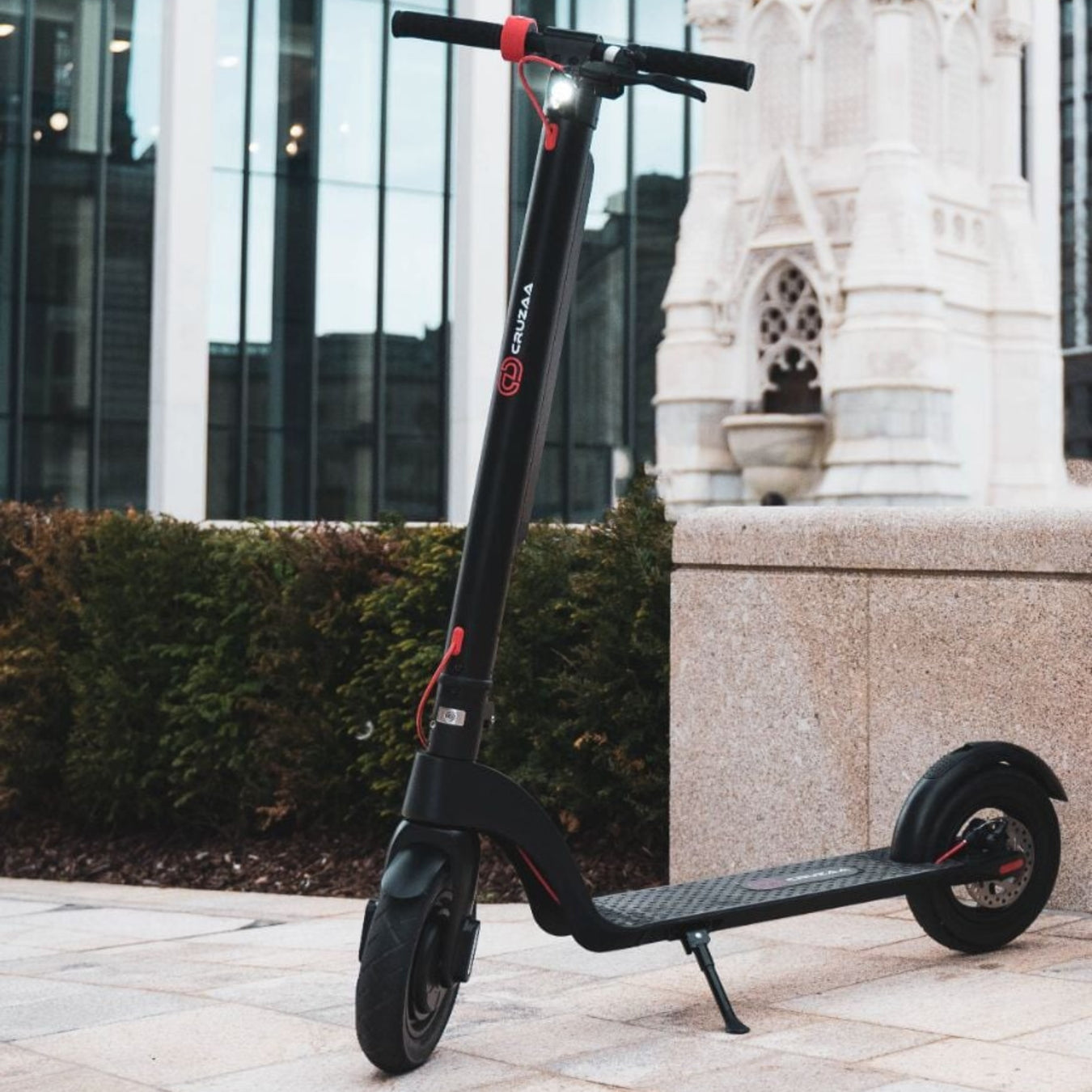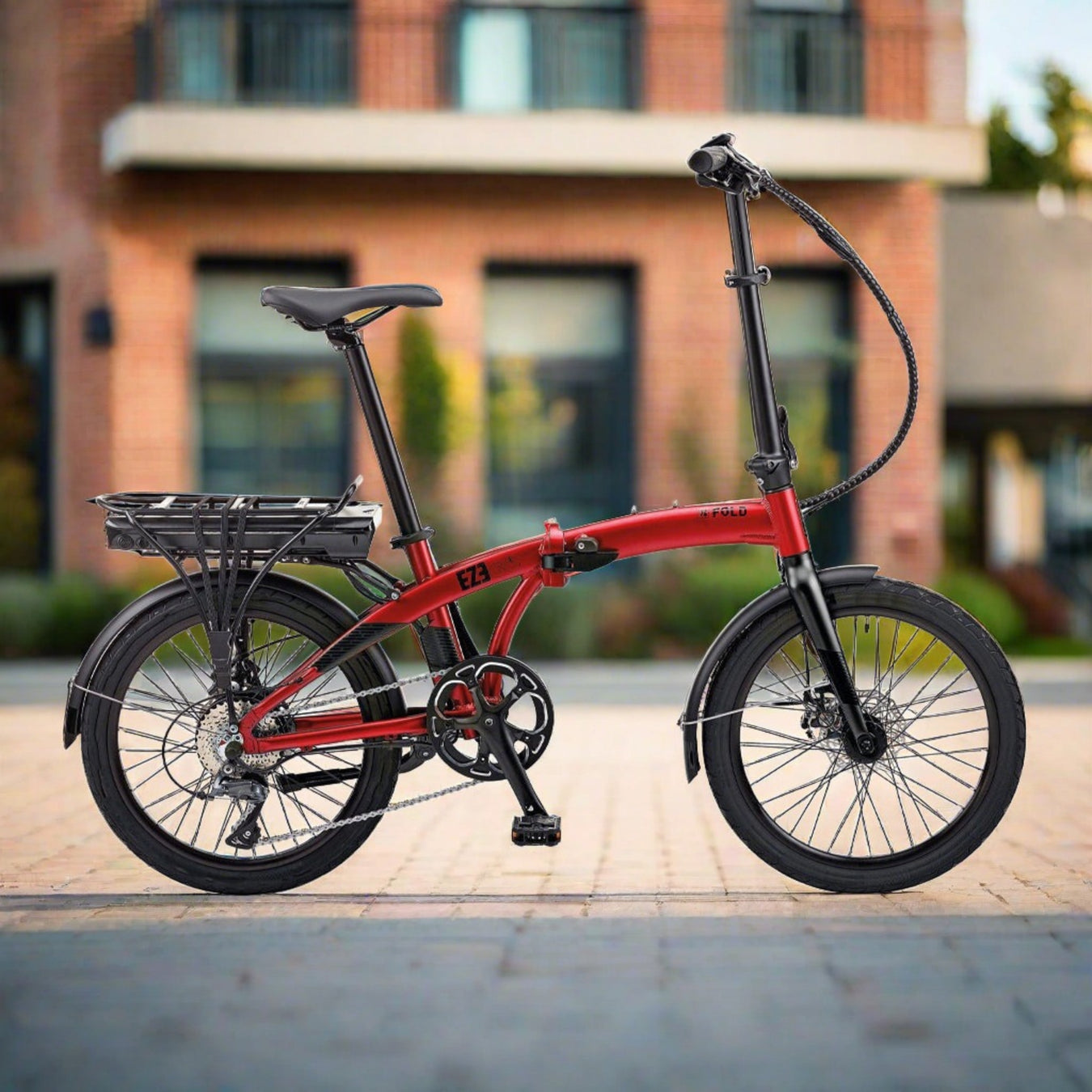Available Mon-Sun

All You Need To Know About Road Bikes
When buying a road bike in the UK, there are several factors to consider. Here are some of the most important ones:
-
Bike fit: One of the most important considerations when buying a road bike is ensuring that it fits you properly. A bike that is too large or too small can cause discomfort and affect your performance. Consider getting a professional bike fitting to ensure that you are buying the right size and model.
-
Frame material: Road bike frames can be made from a variety of materials, including aluminum, carbon fiber, and steel. Each material has its own unique characteristics, such as weight, stiffness, and durability. Consider which material is best suited to your needs and budget.
-
Groupset: The groupset includes the gears, brakes, and other components that make up the bike's drivetrain. Higher-end groupsets typically offer smoother shifting, lighter weight, and better performance, but they can also be more expensive. Consider your riding goals and budget when choosing a groupset.
-
Wheels: The type of wheels on a road bike can affect its performance and handling. Lighter wheels can improve acceleration and climbing, while deeper rims can provide better aerodynamics. However, deeper rims can also be heavier and more expensive.
-
Riding style: Your riding style will also impact the type of road bike you choose. If you plan to race or ride at high speeds, you may want a bike with a more aggressive geometry and aerodynamic features. If you plan to use your road bike for commuting or leisure riding, you may prefer a more comfortable, upright position.
-
Brand and price: The brand and price of a road bike can also be important factors. Different brands may offer different features and warranties, while different price points can offer different levels of quality and performance. Consider your budget and research different brands and models to find the best fit for you.
Achieving the correct bike fit
Achieving the correct bike fit is essential for comfort, efficiency, and injury prevention in road cycling. Here are the steps you can take to achieve the correct bike fit for road cycling in the UK:
-
Standover Height: Stand over the bike with your feet flat on the ground and the bike between your legs. There should be a clearance of 1-2 inches between your body and the top tube of the bike.
-
Saddle Height: Adjust the saddle height so that when you sit on the saddle with your feet on the pedals, there is a slight bend in your knee at the bottom of the pedal stroke. This will help prevent knee strain and allow for optimal power transfer.
-
Saddle Fore-Aft Position: Adjust the saddle fore-aft position so that your knee is directly above the pedal axle when the pedal is at the 3 o'clock position. This will help ensure proper alignment and prevent knee pain.
-
Handlebar Height: Adjust the handlebar height so that you can comfortably reach the brake levers and shifters without feeling cramped or stretched. This will help prevent neck and back pain.
-
Handlebar Reach: Adjust the handlebar reach so that you can comfortably grip the brake levers and shifters without overreaching. This will help prevent shoulder and arm fatigue.
-
Cleat Position: If you use clip-in pedals, make sure your cleats are positioned correctly on your cycling shoes. This will help ensure proper alignment and prevent knee and foot pain.
-
Test Ride: Once you have made adjustments to your bike fit, take your bike for a test ride to ensure that everything feels comfortable and efficient. Make any necessary adjustments and retest as needed.
Explaining the different types of frame materials for your road bike
When choosing a road bike frame material, there are several factors to consider. Here are some of the most important ones:
-
Weight: Generally, the lighter the frame material, the more expensive it will be. A lighter bike can be easier to handle and accelerate, but it may also be less durable.
-
Stiffness: A stiffer frame can provide better power transfer and more efficient pedaling. However, a frame that is too stiff can be uncomfortable on rough roads.
-
Comfort: Road bikes with more comfortable frames can help reduce fatigue on longer rides. Some materials, such as carbon fiber, can provide a smoother ride than others.
-
Durability: Some frame materials, such as steel and titanium, are more durable than others and can withstand more wear and tear over time.
-
Cost: Different frame materials come at different price points, with carbon fiber being the most expensive and aluminum being the most affordable.
Here are some common road bike frame materials and their characteristics:
-
Aluminum: Aluminum frames are lightweight, stiff, and affordable. They are a popular choice for entry-level road bikes and can offer a comfortable ride with the addition of vibration-damping technology.
-
Carbon fiber: Carbon fiber frames are lightweight, stiff, and offer a smooth ride. They can be expensive, but are a popular choice for high-end road bikes.
-
Steel: Steel frames are durable and offer a comfortable ride. They can be heavy, but are a popular choice for touring and commuting bikes.
-
Titanium: Titanium frames are durable, lightweight, and offer a smooth ride. They can be expensive, but are a popular choice for high-end road bikes.
What is a groupset on a road bike?
The groupset on a road bike in the UK typically refers to the collection of components that make up the bike's drivetrain and braking system. These components include the shifters, derailleurs, cassette, chain, brakes, and crankset.
There are several major brands that produce road bike groupsets, including Shimano, SRAM, and Campagnolo. Each brand offers different levels of groupsets, ranging from entry-level to professional-grade.
Here is a brief overview of some of the most common groupsets found on road bikes in the UK:
-
Shimano Sora: Shimano's entry-level groupset, typically found on beginner road bikes.
-
Shimano Tiagra: A mid-range groupset with more features than Sora, typically found on mid-level road bikes.
-
Shimano 105: A high-performance groupset with advanced features, typically found on high-end road bikes.
-
Shimano Ultegra: A professional-grade groupset with advanced features and lightweight components, typically found on high-end road bikes.
-
Shimano Dura-Ace: Shimano's top-of-the-line groupset, with the most advanced features and lightweight components, typically found on professional-grade road bikes.
-
SRAM Apex: A mid-range groupset with similar features to Shimano Tiagra, typically found on mid-level road bikes.
-
SRAM Rival: A high-performance groupset with advanced features, typically found on high-end road bikes.
-
SRAM Force: A professional-grade groupset with advanced features and lightweight components, typically found on high-end road bikes.
-
SRAM Red: SRAM's top-of-the-line groupset, with the most advanced features and lightweight components, typically found on professional-grade road bikes.
-
Campagnolo: A high-end groupset brand, typically found on professional-grade road bikes.
The groupset on a road bike will affect the bike's performance, weight, and cost. When choosing a road bike, consider your riding goals and budget to determine which groupset is right for you.
Considering which wheels for road bikes
Road bike wheels come in a variety of styles and materials, each with their own unique characteristics and benefits. Here are the most common types of wheels found on road bikes:
-
Clincher wheels: These are the most common type of road bike wheels. Clincher wheels consist of a rim with a hooked edge that holds a tire in place, with an inner tube between the tire and rim. Clincher wheels are relatively easy to maintain and can be repaired easily in the event of a puncture.
-
Tubeless wheels: Tubeless wheels are becoming increasingly popular on road bikes. They are similar to clincher wheels but without an inner tube. The tire is mounted directly to the rim with a special sealant that prevents air from escaping. Tubeless wheels can offer a smoother ride, better traction, and fewer punctures.
-
Carbon fiber wheels: Carbon fiber wheels are lightweight and offer excellent performance. They are typically found on high-end road bikes and are a popular choice for racing. Carbon fiber wheels can be expensive and require more maintenance than other types of wheels.
-
Alloy wheels: Alloy wheels are typically made of aluminum and offer a good balance of weight, stiffness, and cost. They are a popular choice for entry-level and mid-range road bikes.
-
Aero wheels: Aero wheels are designed to reduce drag and improve aerodynamics. They have a deeper rim profile than standard wheels and can be made from carbon fiber or aluminum.
-
Disc wheels: Disc wheels are designed for time trial and triathlon racing. They are fully enclosed and can improve aerodynamics but are not recommended for use in windy conditions.
Overall, when buying a road bike in the UK, it's important to consider your riding goals, budget, and personal preferences. Test ride different bikes and work with a knowledgeable salesperson or bike fitter to find the best bike for your needs.






